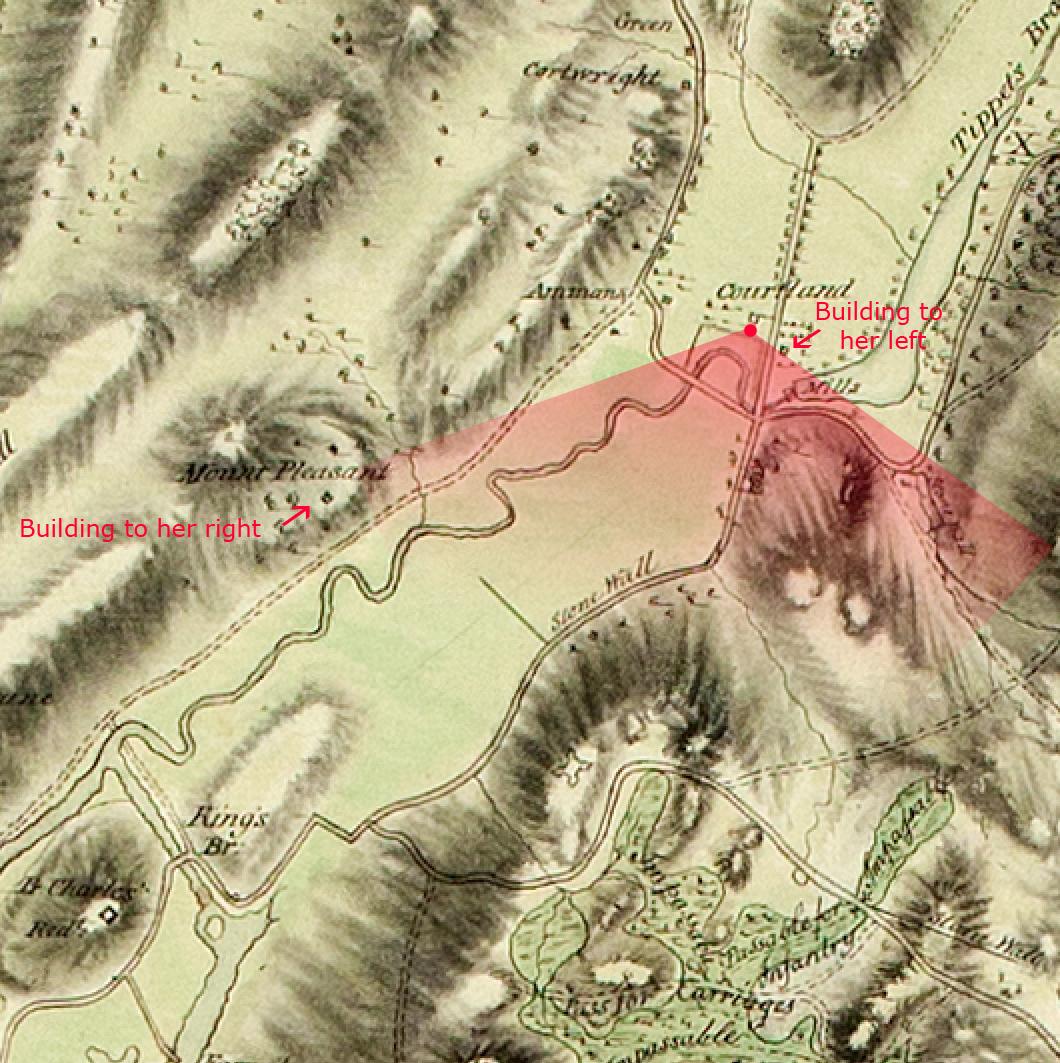Home › Forums › The Colonial Era › The Area Around the Van Cortlandt House in the 18th Century › Reply To: The Area Around the Van Cortlandt House in the 18th Century
Before delving into the Van Cortlandts, the house, and their neighbors, I wanted to share what is a source of frustration for anyone trying to research or learn more about this property–the lack of information. Given the prominence of the home’s inhabitants, you would think that one of the gentlemen or ladies of the house would have left behind a diary, journal, or memoir of their life on Van Cortlandt Plantation. But no such accounts survive. Taking into account the size of the plantation, the many enslaved people that worked there, and the existence of two mills on the property, you would think that there might be a ledger, contracts, or correspondence relating to the business aspect of the plantation. But no such documentation, to my knowledge, has been found. Surely it must have existed at some point, and maybe some day it will turn up, but, for the time being, there is precious little primary source material to work with.
That is why I was particularly excited when I came across the Journal of Katharine Farnham Hay. On May 10, 1778 she came to the Van Cortlandt House, which she described as “a most Elegant house, a Beautifull Situation. the Mansion House of Col Cortlandt stood on an eminence a grand Building.” Standing in front of the house facing south, she observed, “in the front a fine Garden laid out in a Variety of figures adorn’d with Flowers. at the Bottom of the garden, their was a Sweet Canal, just beyond that was the great road to Albany. A most extensive prospect of Kingsbridge.” From the same vantage point, she goes on to describe two more nearby buildings: “a little on the right Stood another Elegant Building belonging to the family. on the left a small Neat House with a pretty Piazza commanded the same View of the other Buildings.”
If you use the below map snippet as a guide, she was standing at the spot indicated by the red dot and her field of vision would have been the area indicated by the red cone. You can see that she has a clear line of site through the Kingsbridge valley. Just before her is Tibbett’s Brook and the Albany Post Road.

The other two buildings that she described are interesting and I will write about them but first, a little bit about the author of the journal. Katharine Farnham Hay was travelling from Boston to New York City in an effort to reach her husband, John Hay, a British ship captain. On her way, she passed through an American patriot camp at White Plains, where her journey got complicated. The British lines were at Kingsbridge and the area between Kingsbridge and White Plains was contested ground. The opposing armies, wary of espionage, did not allow travellers to simply pass freely through their lines. At White Plains, she acquired an escort–a patriot Colonel named Hendly, who guided her to Kingsbridge under a white flag. They were stopped by a Hessian guard outside Kingsbridge, and she was held up there for a few days while the British, suspicious that she might be a spy, checked out her story. While in Kingsbridge, she stayed at a “publick house,” and the Van Cortlandt House and writes descriptively of her encounters with the Van Cortlandts and various British officers that were stationed in the area. The journal is a treasure of local history in the possession of the Massachusetts Historical Society, which transcribed and published it in 1997 in Proceedings of the Massachusetts Historical Society, Third Series, Vol. 109 (1997), pp. 102-122. The journal will help to shed a little light on the goings-on at the Van Cortlandt house at that time, about which very little is known.